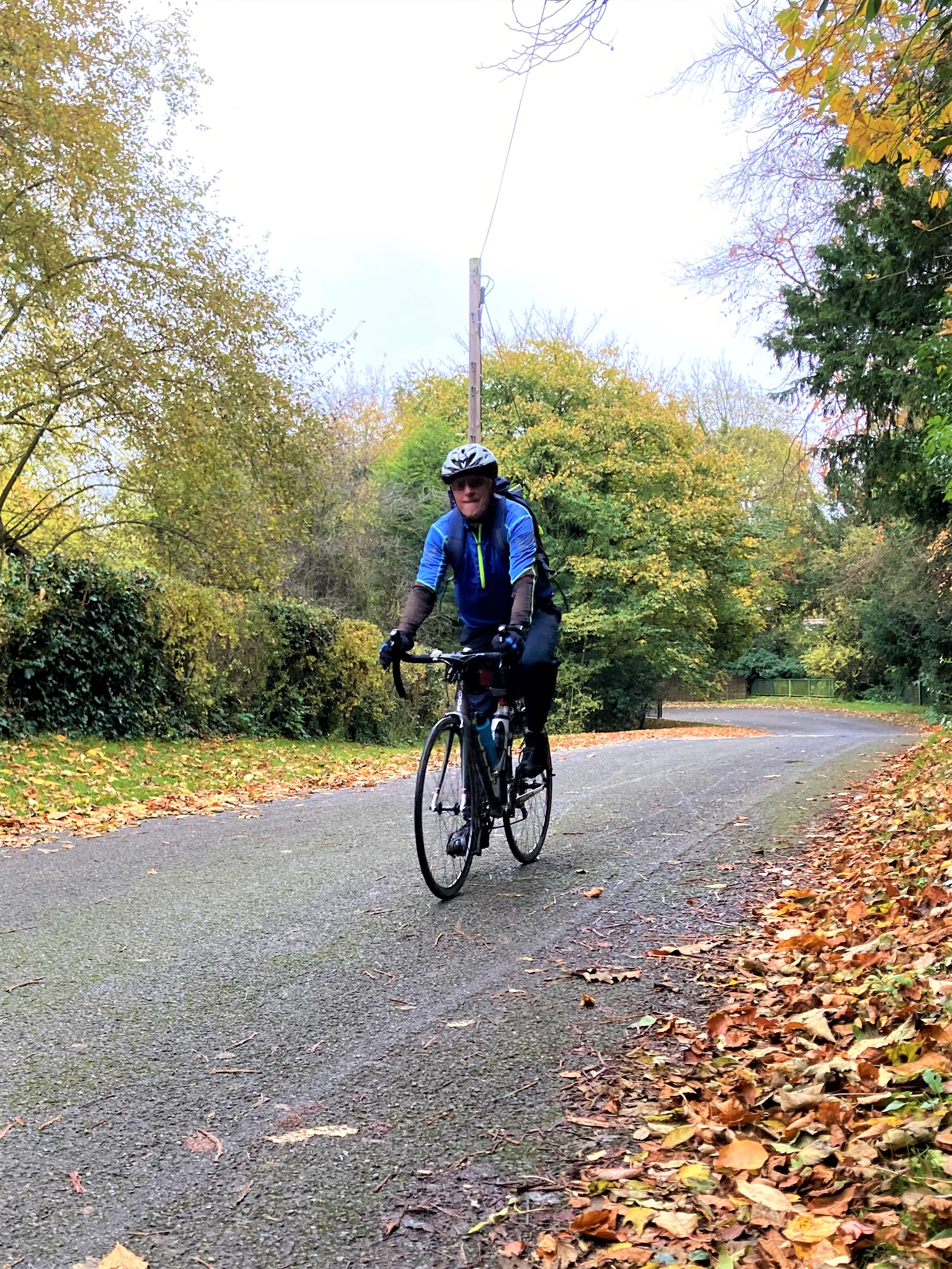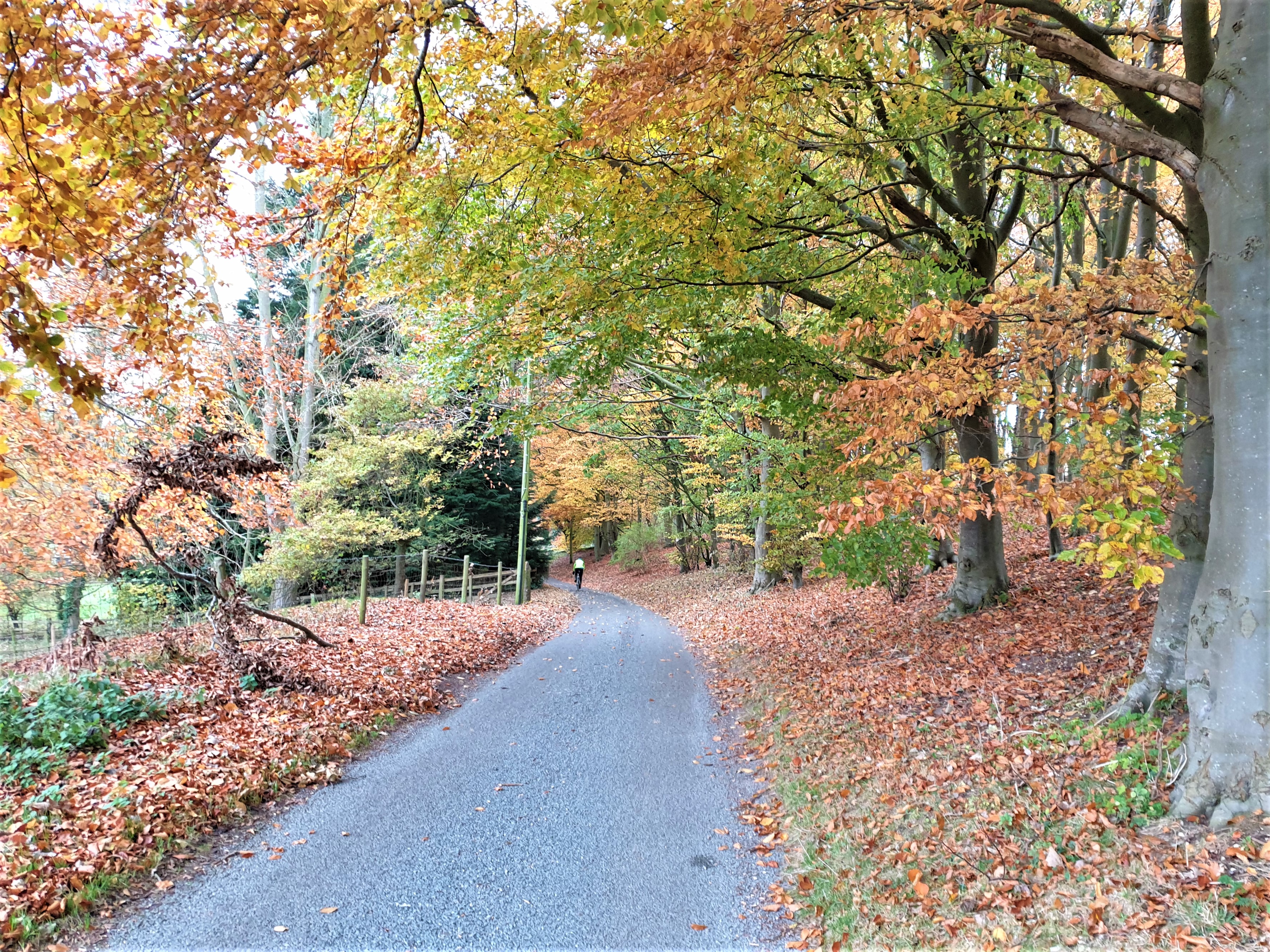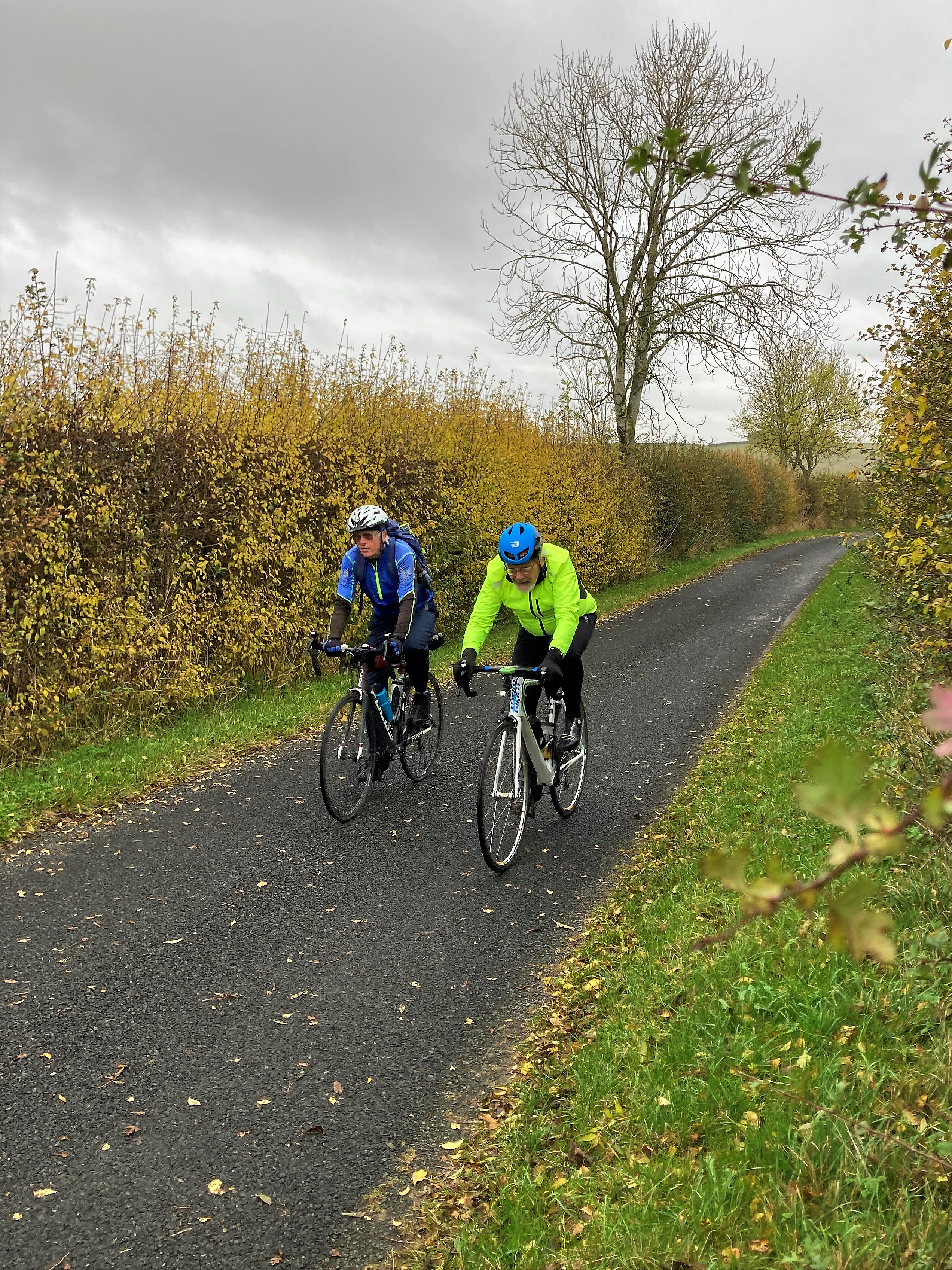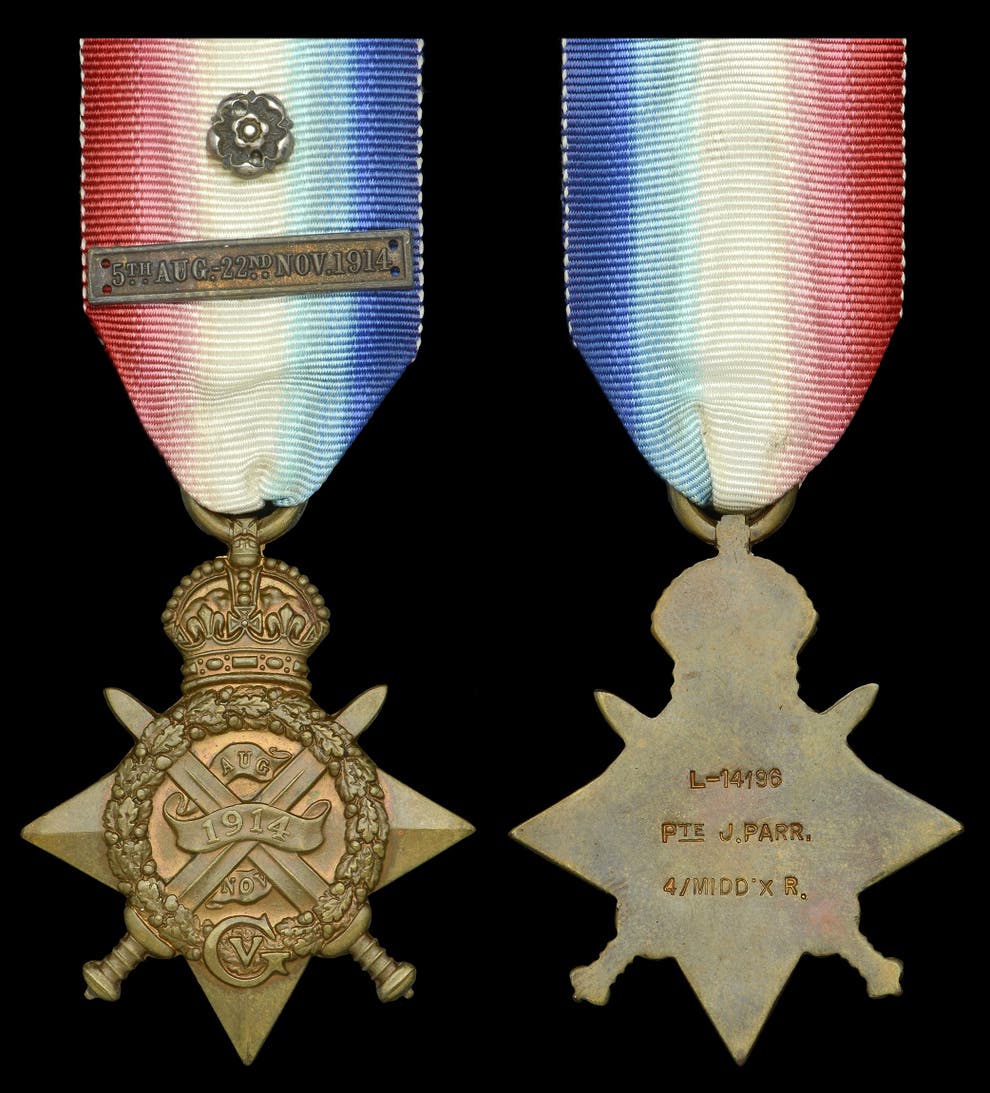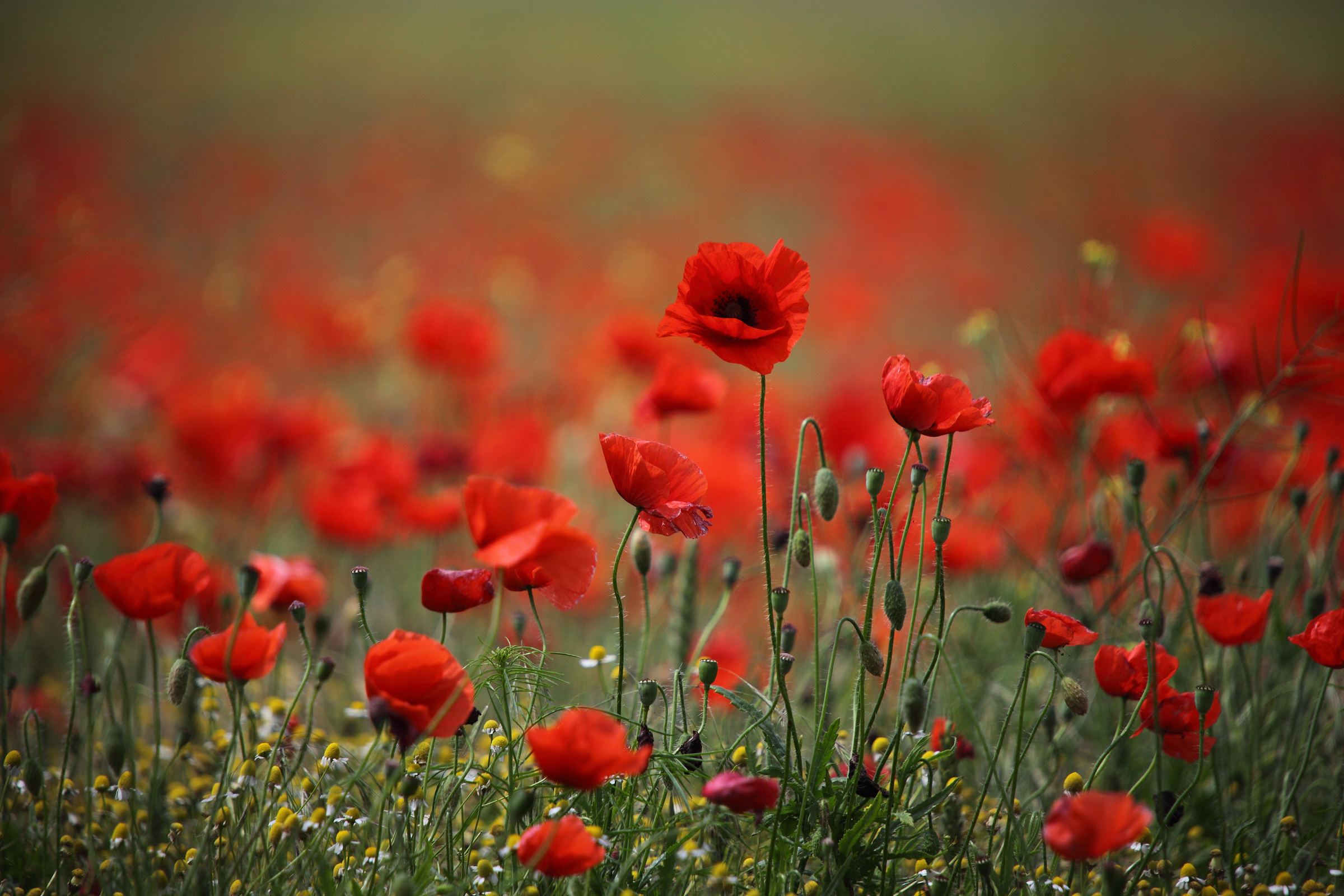Remembrance Sunday Ride

Remembrance Sunday Ride 14-11-2021
Today we would be cycling to Fotherby to attend their Remembrance Service, appropriate too as this year marks the 100th Anniversary of the Royal British Legion's Poppy Appeal, inspired by the poem In Flanders' Fields written by John McCrae.
Starting off at Louth's Meridian Centre were Tim Newbery, Rob Cook, John Rickett, John Ambler and Alan Hockham. Reg Bagshaw would meet up with us en-route. Apologies had been sent from Neil Parnham and Chris Owen.
A dry but rather grey day set the mood but at least it wasn't cold and winds were light.
Our route would take us through Wesfield and Little Grimsby and we arrived at the flagpole at the end of Peppin Lane about 10 minutes to 11 am. We were made to feel very welcome by the local community who were also gathering. A simple but honest Remembrance Service and tribute to those members of the village who had lost their lives in conflict, along with countless others.
Following the service, it was time to continue to Utterby utilising a short section of the A16. Heading west through North Ormsby, we were rewarded with quiet leafy lanes, the trees in brilliant 'fall' foliage and the swathes of fallen leaves rustling as we pedalled onwards and upwards. The route to the Wold Newton Road is indeed quite a climb.
Alan needed to head for home at this juncture whilst for the rest it was an undulating ride to Salters Lane, the name evidence of the former importance of the Lincolnshire coast in the salt trade dating back to Medieval, Roman and even Iron Age times.
Approaching Click'em Woods, Reg and Rob would also turn for home leaving Tim, John and John to rest a while at the 'Click'em Inn' for a Sunday lunch (thanks to John Ambler for providing drinks). The unusual name of the pub originates from the counting of sheep passing through a nearby 'clicking' gate.
The route back to Louth would take us past the former WWII airfield at Kelstern and the memorial to 625 Squadron, another poignant reminder of this special day.
For the Louth contingent, 30 miles covered, arriving back at the Leisure Centre at about 2.30 pm.
PRIVATE JOHN PARR, A CYCLIST’S TALE
The ‘First and Last’ at Saint-Symphorien.
South east of Mons in Belgium lies Saint-Symphorien Military Cemetery where hundreds of both British and German casualties of the First World War are commemorated. Remarkable in that this cemetery was created by the Germans while the war was still being fought. More remarkable still in that the ‘First and Last’ British casualties of WWI lie buried within yards of each other, separated by four years of fighting and one patch of grass. John Henry Parr was the first British soldier to be killed; George Edwin Ellison was the last.
Private John Parr was born in Church End (Barnet) on 19 July 1897, the son of Edward and Alice Parr. He joined the 4th Battalion of the Middlesex Regiment in 1912, aged only 15, but claiming to be more than 18 years old, the minimum age to enrol.
As a soldier with the British Expeditionary Force, Parr was a reconnaissance cyclist. It was unusual to have had a solider as such a young age in the BEF at the start of the conflict as they were typically in their 30’s or 40’s having had previous experience. John Parr was just 17 years old and small for his age at 5’ 3”, earning him the nickname ‘Old Par’ among his comrades.
In August 1914, his battalion is sent from Southampton to Boulogne-sur-Mer. While the German army invades Belgium, the 4th Middlesex arrives in Taisnières on 15th August and leaves it on 21st August at 10:00 am. Parr and another cyclist scout are sent to the northeast of Mons, to Obourg, a village near the French-Belgian border, with a mission to locate the enemy. It is likely that they encountered a cavalry patrol of the German First Army with Parr remaining in position to contain the enemy allowing his companion to return and report their findings. It is then he is killed by a gunshot.
His body was buried by the Germans in a battlefield grave, subsequently located by the Imperial War Graves Commission and reburied in Saint-Symphorien Military Cemetery.
For many months, the British Army failed to report that its first casualty was dead or even missing. His mother finally wrote a letter complaining that she had not heard from her son for months. The War Office replied curtly saying that it could not help. It was not until after the war that a soldier who had been on the same bicycle scouting mission finally confirmed the time and place of Private John Parr's death.
Private George Ellison was also part of the original British Expeditionary Force of 120,000 shipped to Europe in August 1914, he was involved in the initial battles around Mons, then Ypres, Armentières, Loos and Cambrai. He was a 40-year-old veteran having already served from 1902 to 1912.
Wounded at least once, Ellison had recovered in time to join the advance as the over-stretched Germans began falling back from Belgium in the summer and autumn of 1918. Tragically, at 09.30 a.m. on November 11th 1918, just 90 minutes before the armistice would end the war, Ellison was shot through the head by a sniper while scouting on the edge of Mons.
The fact that Parr and Ellison are buried so near one another was not a deliberate choice by the (British) Commonwealth War Graves Commission. At the time of burial, their ‘first’ and ‘last’ status was unknown making it all the more poignant. Today, Saint-Symphorien is one of the most beautiful and unusual cemeteries on the Western Front.
To all of those who have lost their lives in conflict…
“They shall grow not old, as we that are left grow old:
Age shall not weary them, nor the years condemn.
At the going down of the sun and in the morning
We will remember them”.
